Running sandals vs running shoes, this seems like an odd comparison with all the running shoes that have come and gone over the years. The running sandals are a bit new to most runners, especially those that have only been exposed to running shoes all their entire running life.
Running had existed for a long, long time, even before that warrior raced across the land and accidentally established the marathon. Running has been part of humanity’s survival mechanism, and even though we are not running from predators anymore (or are we?), it is still being enjoyed by millions and millions of enthusiasts across the globe.
Modern technology has allowed running to evolve into a more competitive state with new gadgets and equipment that compliment streamlined clothing when it comes to boosting performance. Running shoes are part of this equipment that has evolved from its iteration of tough leather soles to lightweight fabric material.
On the other hand, while it seems like a new thing, running sandals have been around since running began. It only faded away with the onset of shoe development, and especially more so when running shoes were introduced into the market. But what is the difference between the two and what do you stand to lose if you choose one over the other?
What Are Running Shoes?
Running shoes are the current poster child of running all around the globe, with statistics and awards trying to persuade the public that championships and distance covered is all because of what you wear on your feet. While this is unnecessarily debatable, running shoes have evolved from its first iteration in the early 1900s until the newest model that came out within the year.
The first ever running shoes came as an attempt to answer the need for rubber-soled shoes that can be used for heavy activities and sports although it wasn’t until the 1920s that Adolf Dassier used vulcanization to create the modern running shoes, complete with running spikes and a customized look. You may not recognize Adolf’s name but the company he founded a decade later is now one of the most popular manufacturers of high-quality rubber shoes today. Some say that a family dispute caused the company to be split into two, both of which still exist and are very popular in the mainstream.
>
Benefits of Using Running Shoes
The modern running shoes addressed the need for a sports accessory that is comfortable, lightweight and has a firm grip on the ground that you run on. Aside from this though, other benefits of using running shoes include the following:
- Midsole Cushion
The function of a shoe’s midsole is to provide cushion and bounce to the feet; it also protects it from sharp objects and other debris that can cause injury. It is said that the technology used to create the midsole and its main design play a big part in how far you can run wearing the same pair of running shoes.
- Arch Support
The arch is the part of the foot located under your entire body and is in between the heel and the toes; you can call it as your wheel axle if you want. This particular body part dictates your pace, and an excellent running shoe provides support for the arch so that you would not feel the distance no matter how far you go. Some modern shoes even have flexible arch support that forms around your arch and follows its movements.
- Prevents Injuries
A good pair of running shoes prevent injuries caused by a wrong step or by misguided debris trying to act upon a strange force trodding on it. Better shoes can even protect from sharp objects and animal bites.
- Athletic Performance
This is debatable although it does make sense that running shoes can help improve a runner’s performance, if only by a small percentage. Good running shoes can make the runner feel more comfortable and stop him from worrying about everything else and just run.
Disadvantages of Using Running Shoes
Running shoes are guaranteed to have its list of benefits, but it does have its fair share of disadvantages if you would compare it with a running sandal, a few of these would include:
- Risk of Injury from a Wrong Fit
Poorly sized running shoes can do more harm than good as it raises the risk of injury, regardless if it’s too large or too small. Smaller shoes can cause fractures and sprain to your toes as you try to run with them cramped inside. Larger ones have a higher tendency to trip as you go along your route.
- Flimsy Shoelaces
Shoelaces come in all sizes and colors, with some just decorative while others are meant to be as tight as a noose on a neck when it comes to preventing the shoe from taking off on its own. Flimsy shoelaces that are often used for aesthetic purposes can unravel at any time, causing you to trip and fall; trips often lead to sprain and other injuries.
- Restriction of Movement
A tight running shoe can restrict the movement of your feet which can then cause you to have cramps, and even fracture the bones of your toes. Records have shown that wearing too tight of a shoe can cause debilitating injuries, something that runners try to avoid at all cost.
What Are Running Sandals?
Running sandals are something new to the ears of the many runners in this modern age. Unbeknownst to them, running sandals is much older than the running shoe, and can be as old as running itself. Ancient civilizations have employed sandals in all forms of activity, and this includes running a marathon, wrestling against beasts, and even fighting a war. Running sandals let you feel a primal form of freedom as it connects you back to humanity’s roots.
Modern running sandals are slightly different than the usual sandals that you see at a mall or a trade fair. Newer running sandals have smaller soles and tighter straps that are strategically placed to give a better hold on your foot. Most of these running sandals have adjustable straps so it can fit a variety of foot sizes, while the sole is traditionally made of rubber or leather.
Advantages of Running Sandals
There is little to no difference at all when comparing the modern running sandal with those from the days of yore, except for the technology used to create them. Previously, you either had a shoe man do all the work or create one of your own. Nowadays, factories can make them for you using modern vulcanizing and manufacturing techniques that ensure a durable build. Some of the advantages of using running sandals include the following:
- Increases Proprioceptive Awareness
Running using sandals improves your footing as it allows your soles to get a better feel of the ground you are running on. This prevents accidents and slips from occurring, and you can navigate around debris faster.
- Develops Lower Limb Better
Running without the comfort of running shoe cushions tones the muscles from your feet upwards to your leg and torso. Repetitive use of running sandals develops your muscles as preparation for the next session, which benefits your running performance regardless of what footwear you are wearing.
- Stimulates the Whole Body While Running
Running without cushion also stimulates the other parts of your body as a way to compensate for the hardship that it endures while you run using unpadded sandals.
Disadvantages of Using Running Sandals
Comparing running sandals with running shoes, it would have definite disadvantages; these would include the following:
- Limited Foot Protection
Unlike the running shoes where a layer of fabric and leather protects the whole feet, running sandals offer little protection against debris. This makes you vulnerable when running across an unfamiliar terrain that is littered with sharp rocks, scrap metals, and broken glasses.
- No Foot Support
With just a rubber or leather sole, running sandals offer little support for the arch and the midsole as it hugs the entire feet. This helps tone your muscles in the long run though, and while some modern sandals offer some padding or support, it does not feel as natural.
- Blisters and Sores
Blisters and sores happen regardless if you are using either footwear, but it does occur at a higher rate when using running sandals.
Running Sandals Vs Running Shoes
To know which is better between running sandals vs running shoes, you need to try them both out and see what works for you. Each running footwear has its share of advantages and disadvantages which can play along with your areas of expertise and your style of running.
There is no absolute answer when it comes to which footwear is better as what is important is the feet that are wearing them. You may have the most expensive kicks or the most humble sandals, but if you are untrained and have no form, then it would all go to waste. Don’t let the footwear define you, make your feet define them.

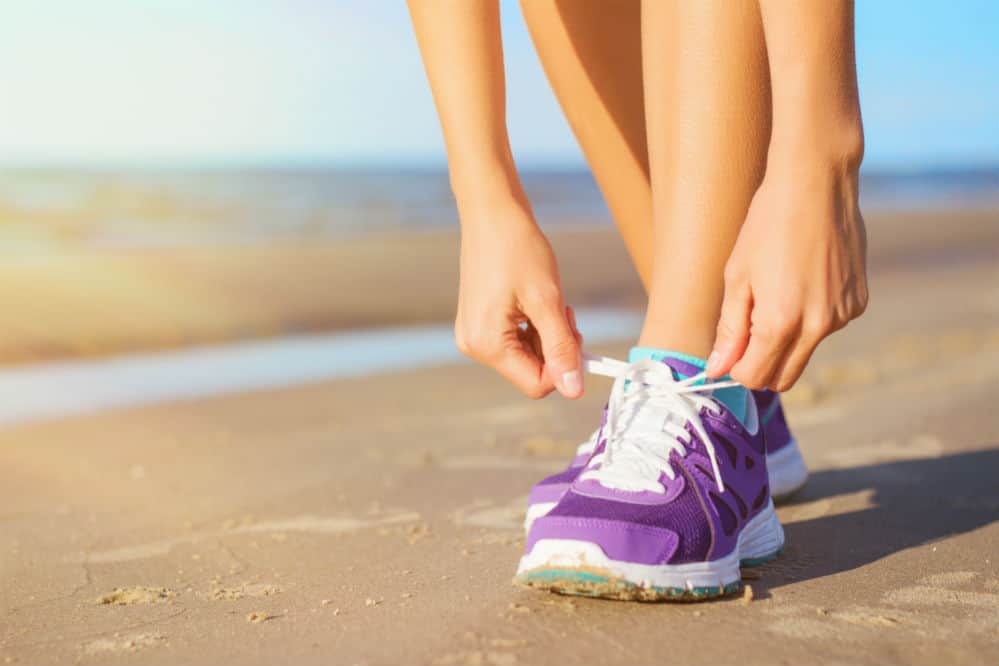
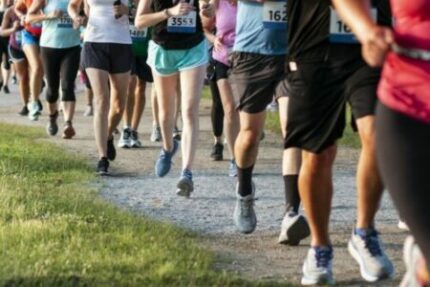
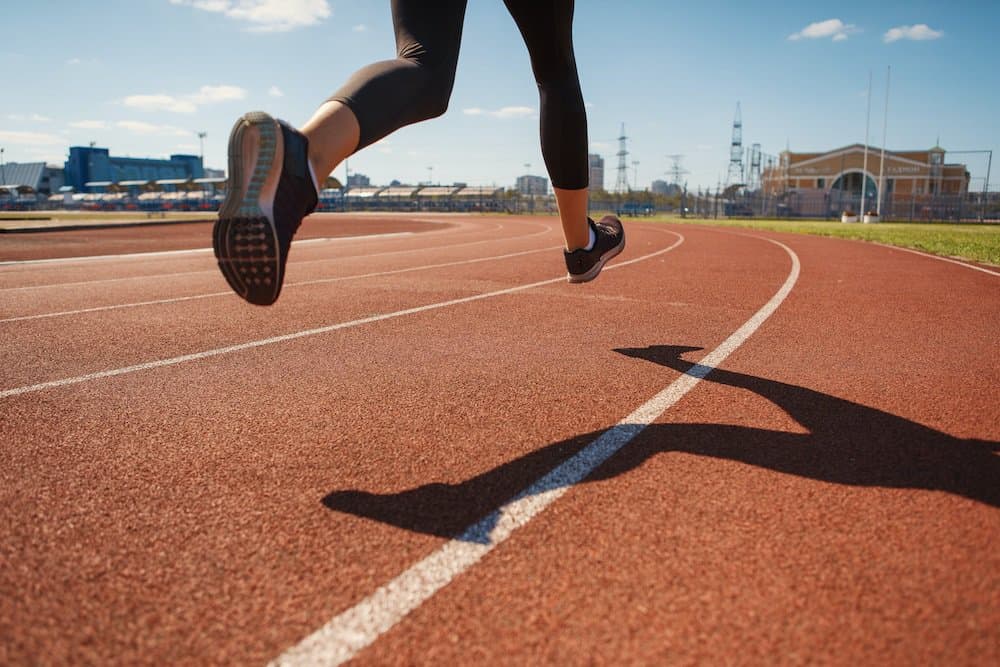
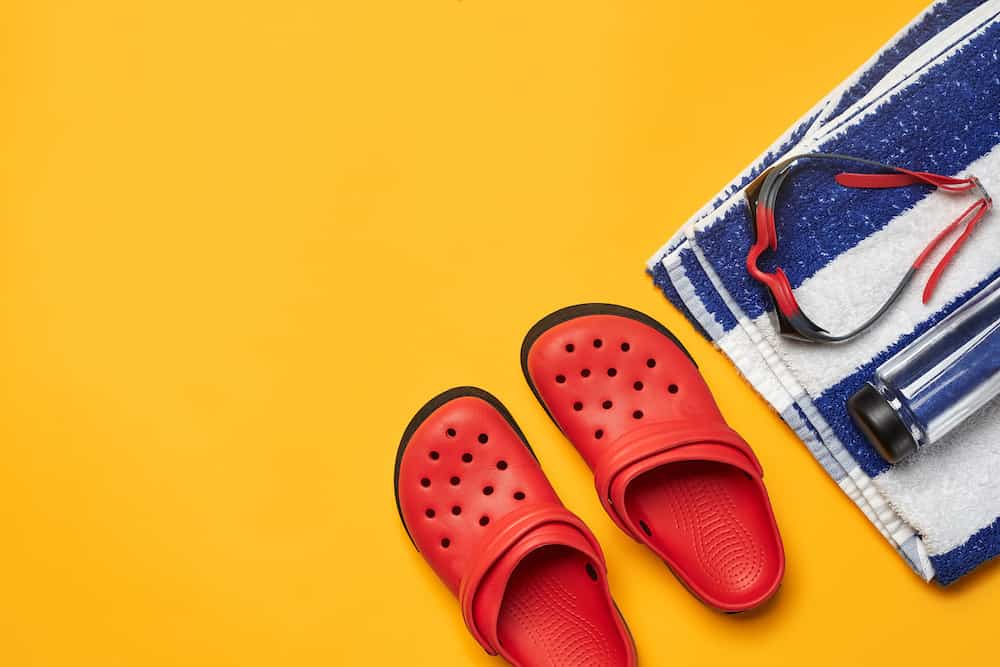
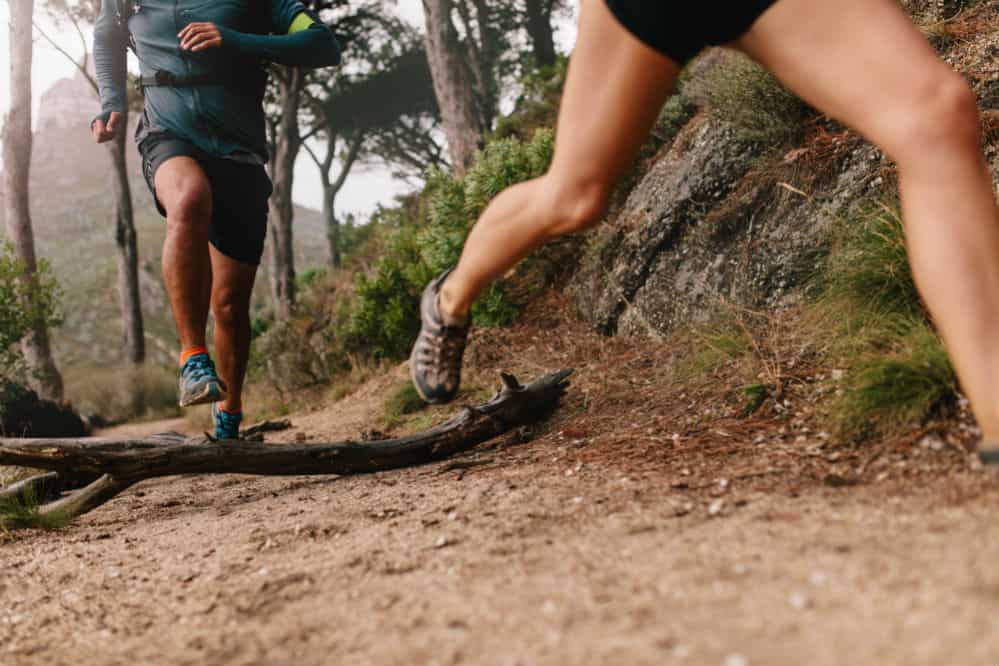








Hi
Great information on some of the differences between running shoes and running sandals.
I didn’t really know that running sandals even existed so this post is welcoming because I have learned something new and also some of the features and benefits of the very innovative sandals.
I look forward to some of your future posts.
Cheers
Hi, Chris and thank you.
I am happy that I could help you.
If I can help you with anything else, or if you have any questions, don´t hesitate to contact me.
Great article. My son at the moment does a lot of running training incorporated into his weight training for core strength. He has spoken to me about running sandals, however I have been hesitant on purchasing him a pair for the same reason you mentioned – lack of support, for the arch. I’m wondering what Chiropractors think of the long term affects of training in running sandals? This gives me a better insight though as I investigate this further.
Hi Matt and thank you.
Yes, this is not black or white, there is a lot of greys in it. We can say that modern sandals have taken the best part of older but add some things from the running shoes with the benefit that they give a better hold on your foot. But keep your important feeling for the ground when you run on running sandals.
An interesting possibility for running and well worth it to think about if it is something for your son.
If I can help you with anything else, or if you have any questions, don´t hesitate to contact me.